1. The role of exercise for people with hemorrhoids
Exercise stimulates bowel function, reducing constipation (a cause of hemorrhoid flare-ups).
Exercise that increases your heart rate will increase blood flow to the rectal area, helping to strengthen supporting tissues (helping prevent flare-ups) and deliver nutrients and oxygen to inflamed areas (to help reduce flare-ups).
2. Best exercises for people with hemorrhoids
- Walking: Walking is a simple but effective exercise that helps relieve constipation, improves circulation, strengthens leg and pelvic muscles, and reduces pressure on veins. Aim for 30 minutes of walking every day to ease hemorrhoid symptoms and improve overall health.
- Deep breathing: This is another exercise for hemorrhoids that can relieve pelvic floor tension.
How to do:
- Sit up straight, left hand on stomach, right hand on chest.
- Inhale, expanding your belly.
- Exhale completely, deflate your belly, and pull your navel toward your spine.
- Continue breathing deeply for about 5 minutes.
- Pelvic tilts: These exercises effectively strengthen the pelvic muscles, reduce pressure on the veins and improve blood circulation in the anal area.
How to do:
- Lie on your back with your knees bent and feet flat on the floor.
- Tighten your abs and lift your hips and buttocks so that your body forms a straight line.
- Hold the position for 10 seconds. Then return to the starting position and relax.
- Practice twice a day, ten times each time.
Moderate physical activity, such as brisk walking for 20 minutes a day, can stimulate bowel function as well as increase blood flow and muscle tone. Other beneficial cardiovascular activities include running, swimming, and aerobics.
- Kegel exercises: These pelvic floor exercises involve contracting and relaxing the muscles in the pelvic area, strengthening the muscles that support the anus and rectum, which is good for people with hemorrhoids.
Do Kegel exercises by contracting your pelvic floor muscles for five seconds, relaxing for five seconds, and repeating, ten times twice a day.
- Yoga: Yoga reduces stress, improves overall health and helps alleviate hemorrhoid symptoms by increasing circulation, relieving constipation and strengthening pelvic muscles.
+ Child's Pose (Balasana): This exercise helps treat constipation, aids digestion and massages internal organs.
How to do:
- Sit on the yoga mat with your hips touching your heels.
- Lean forward and touch your nose to the ground.
- Stretch your arms out in front of your body and hold this position for about five minutes.
+ Sitting on the legs, anvil style: This is a movement to prevent and treat urinary diseases, reproductive system, spermatorrhea, impotence, pelvic area, lower abdomen, lumbar region.
How to do:
- Sit with your legs crossed, big toes touching, back straight and slightly arched back, hands resting naturally on your thighs.
- Inhale fully, hold your breath, sway your body back and forth 2-6 times, exhale completely and bow your head to the floor, squeeze your stomach to push all the air out.
- Do 10-20 breaths.
Contraindications: Pelvic trauma, lower abdomen, back, limbs, acute arthritis.
+ Lying on your back, sitting up with your arms crossed: This is a movement to prevent and fight diseases caused by stagnant blood in the lumbar and pelvic areas, gynecological diseases, reproductive system diseases, constipation, inflammation of the lumbar muscles, pelvic muscles, thigh muscles, and improve large, fatty bellies.
How to do:
- Lie on your back on the floor with your legs straight.
- Inhale fully, cross your arms in front of your chest, try to slowly sit up, lower your head towards your feet as much as possible, squeeze your stomach to exhale completely.
- Do 3-5 breaths.
Contraindications: Abdominal trauma, acute abdominal pain, surgery.
+ Lift your buttocks and breathe: This is a movement to treat hemorrhoids and rectal prolapse.
How to do:
- Kneel on both knees, slowly lean forward, pointing your buttocks toward the ceiling. Next, bend your elbows, arms, forehead, knees, and thighs to form a 90-degree angle.
- Inhale as hard as you can, keeping your larynx open (by inhaling more) while rocking your buttocks back and forth 2-6 times.
- Exhale completely with abdominal compression.
- Do 5-10 breaths. It doesn't matter if you don't move, just a few breaths is fine.
Contraindications: Acute diseases, hypertension.
- Acupressure: Press on the Baihui, Changqiang, and Huiyang points. foot three miles , mountain pass , sea of air, original
How to do:
- Use the tip of your middle finger or thumb to press on the point.
- Move the finger in a circular motion, the finger tissue and skin in contact do not glide over each other, the skin area moves in the direction of the finger.
- Each point should be used for 3 to 5 minutes, once a day.
3. Notes for people with hemorrhoids
- Hemorrhoid patients should avoid activities that require high physical strength, such as weightlifting, soccer, sprinting or push-ups, squats or some movements such as sit-ups should also be limited. The reason is that when you exercise, the anal muscles will stretch because the pressure will increase. This can easily make hemorrhoids worse.
- Most gym activities require the practitioner to exercise with high intensity and gradually increase over time. At that time, these activities not only increase pressure on the abdomen and anus but can also cause bleeding and make hemorrhoids protrude more.
Not only gym exercises but also physical activities that increase pressure on the anus are not recommended for people with hemorrhoids. However, if you still want to pursue this sport, you need to pay attention to the intensity of the exercise and the exercises.
- Implement a reasonable living and resting regimen.
- Follow a good diet, limit spicy foods, alcohol and tobacco.
- Exercise the anal lift muscles, clean, wear cool pants...
Dr. Nguyen Phoi Hien
Source: https://giadinh.suckhoedoisong.vn/bai-tap-giam-tai-phat-cho-nguoi-benh-tri-172240524092410998.htm


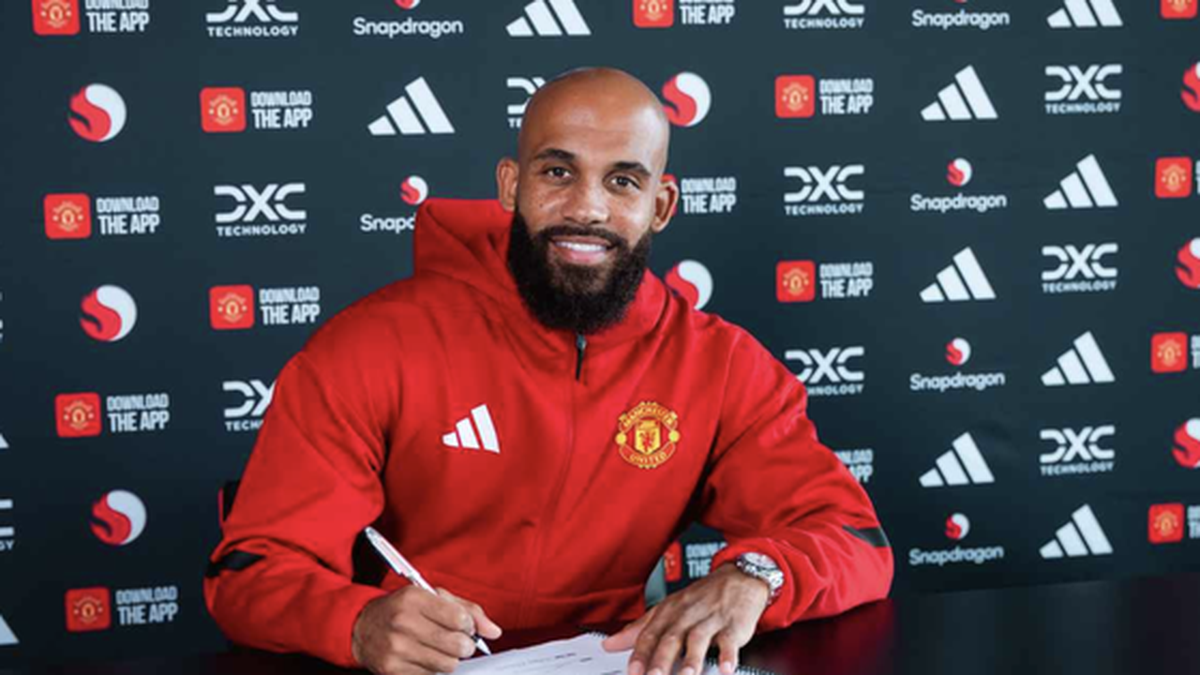
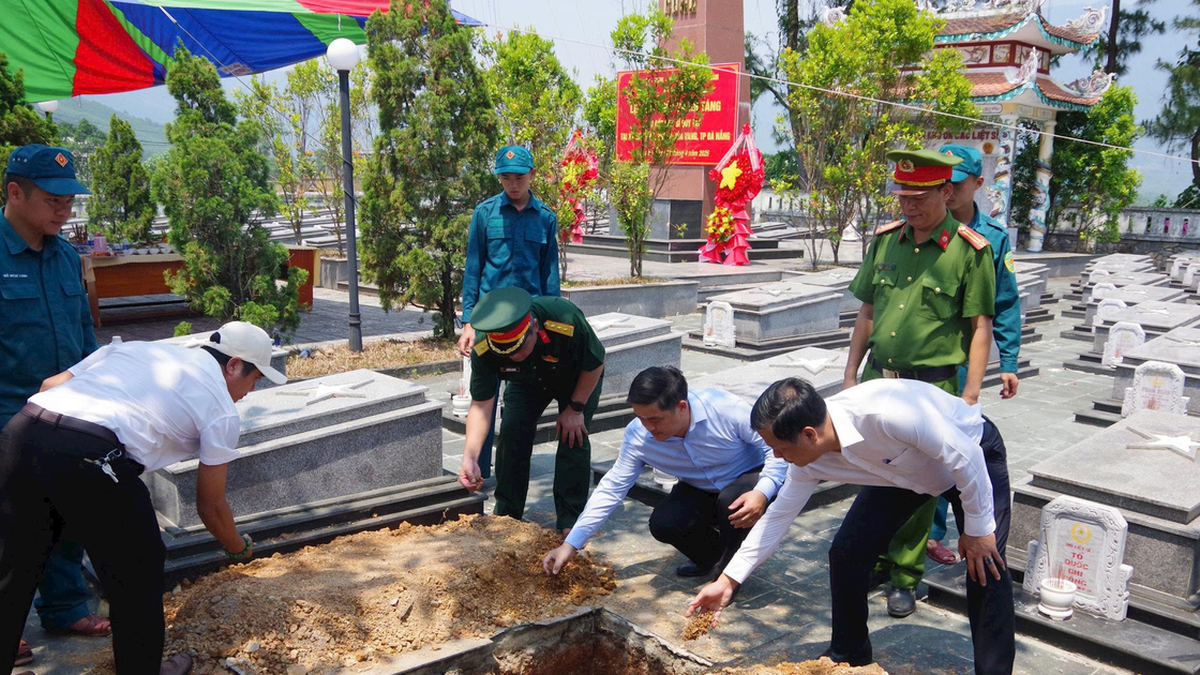


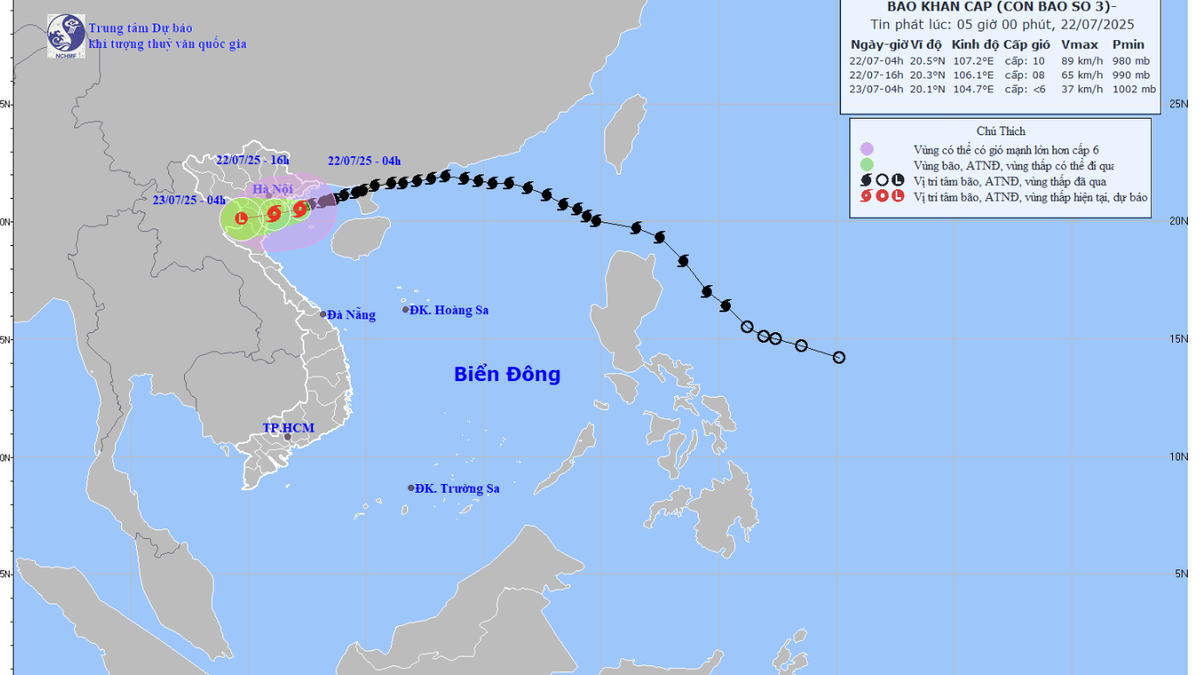















![[Photo] National Assembly Chairman Tran Thanh Man visits Vietnamese Heroic Mother Ta Thi Tran](https://vphoto.vietnam.vn/thumb/1200x675/vietnam/resource/IMAGE/2025/7/20/765c0bd057dd44ad83ab89fe0255b783)























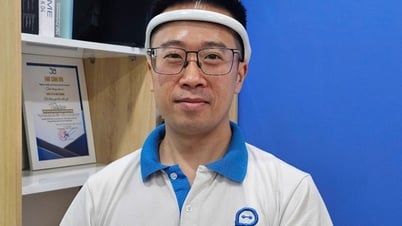

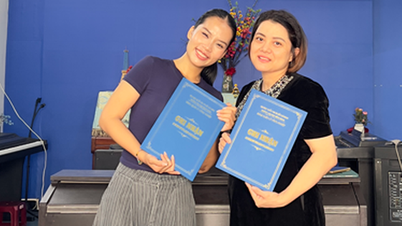
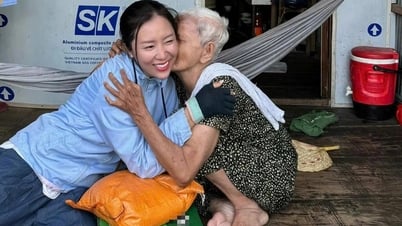
























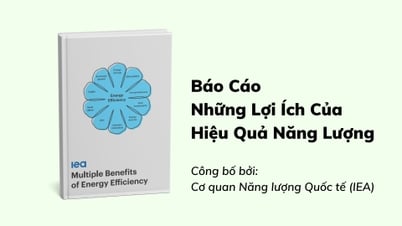




























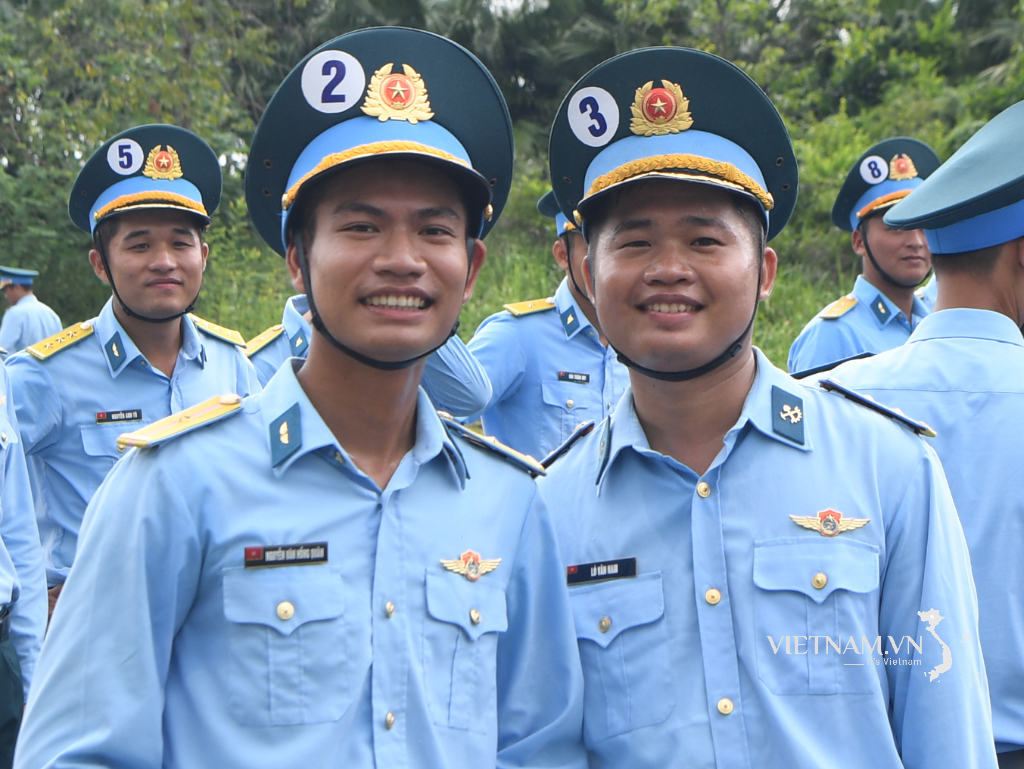
Comment (0)